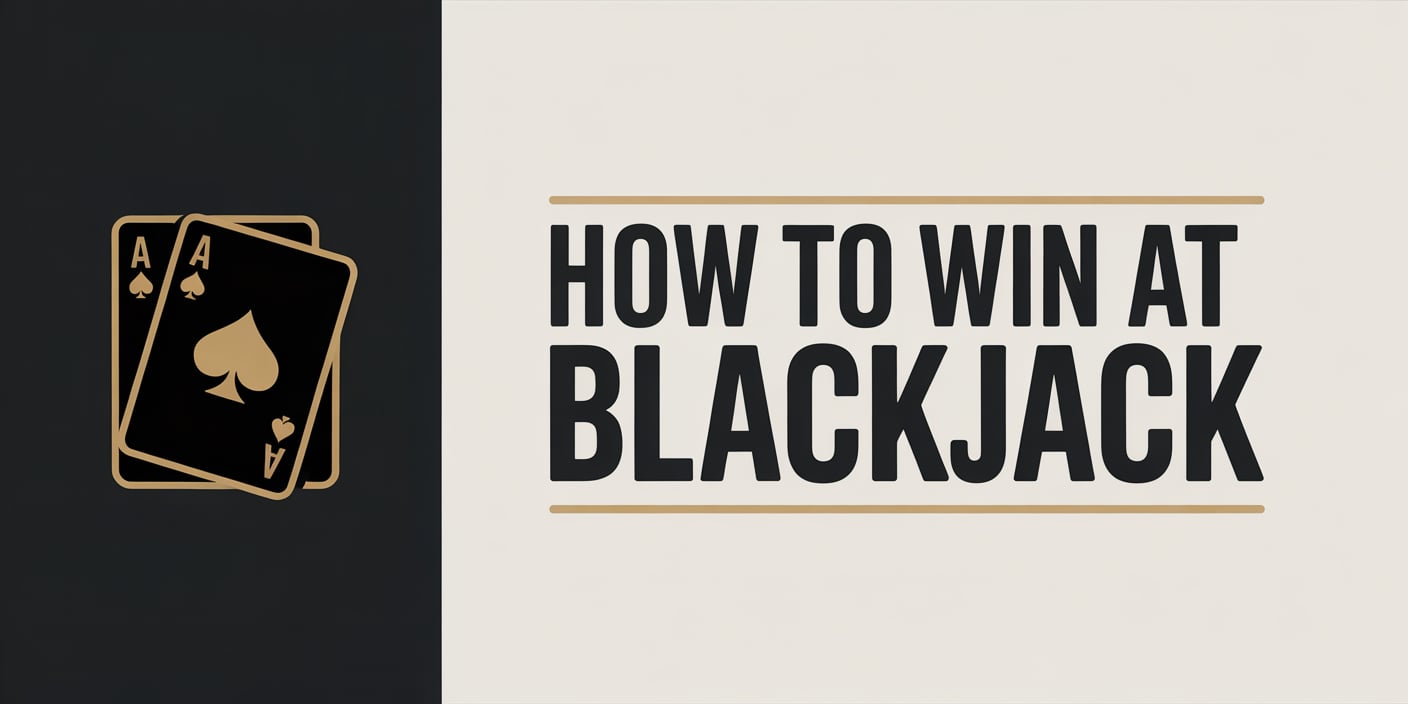
There are many ways to improve your chances of walking away from the gaming table a winner by the end of a gaming session. Before proceeding into strategy, it is important to possess knowledge of blackjack rules that form the foundation upon which the game is based. Let's examine the most widely used strategies players use.
Taking Advantage of the Surrender Option
An early surrender lets the player fold his hand when the cards have been dealt but before the dealer checked for blackjack. An early surrender gives the player a reduced loss of his initial bet, which is a huge benefit. For this reason, land casinos hardly carry an early surrender. Online live casinos provide this more often than land casinos. To ensure that early surrender is available as an option, find it on your screen, generally at the bottom right-hand or left-hand corner of the virtual table.
Next, there is the late surrender, which allows the player to surrender after the dealer checks for blackjack. In cases where the dealer has blackjack, the player cannot surrender and loses the entire bet. Otherwise, the player can surrender and lose only half of the initial bet. Late surrender offers a slight advantage of approximately 0.1%, similar to the benefit of doubling down.
It's worthwhile to add the strategy of surrender to your game. Even this very subtle advantage can get you to win — the key is knowing when to exploit it.
Hard and Soft Hands
Hard and soft hands are two fundamental principles in blackjack that, if followed correctly, can enormously improve your chances to win.
This strategy is based on your hand and dealer's upcard:
- Soft Hands (hands with an Ace worth 11):
- Ace + 2 or 3: Double or hit if the dealer shows 5 or 6.
- Ace + 4 or 5: Same procedure if the dealer shows 4, 5, or 6.
- Ace + 6: Hit or double if dealer shows 3 to 6.
- Ace + 7: Double if the dealer shows 3, 4, 5, or 6; stand if they show 2, 7, or 8.
- Ace + 8 or 9: Stand always. These are extremely strong hands — or maybe blackjack.
Hard Hands (no Ace, or Ace as 1):
- 9: Double or take a hit if the dealer is showing 3, 4, 5, or 6.
- 10: Double or take a hit if the dealer is showing 2 to 9.
- 11: Double or take a hit if the dealer is showing 2 to 10.
- 12: Stand if the dealer has 4, 5, or 6; hit if the dealer has 2 or 3.
- 13 or 14: Stand if the dealer has 2 to 6.
- 15 or 16: Stand if the dealer has 2 to 6.
- 17 to 20: Stand on all occasions.
- 21: Win — no action taken.
Card Counting
Card counting is based on a simple principle: when the deck has more high cards (10s, face cards, Aces) than low cards left, the player's advantage increases.
Cards are divided into groups of value:
- 2 to 6: +1
- 10s, face cards, Aces: -1
- 7, 8, 9: 0
Your advantage begins when the running count is above +12.
Typically, the higher the running count, the higher the bet you can place. Blackjack is most widely played with 6 to 8 decks. If 4 decks are remaining, divide the running count by 4 for the true count — your actual indicator of advantage or disadvantage.
Every true count increment reduces the house edge about 0.5%. You thus have a huge advantage when the true count is 2 or higher.
But results are contingent on the remaining cards in the deck. If the dealer deals a 10 and you hold 15, for example, basic strategy tells you to hit. But if you know lots of high cards are still in the deck, it would be more intelligent to stand.
Card counting is an easy concept. Although there are numerous different systems — some of which are quite complex — they all share the goal of giving the player an edge over the dealer. Implementing these techniques at live casino tables is tricky due to multiple decks, frequent shuffling, and countermeasures by the house.